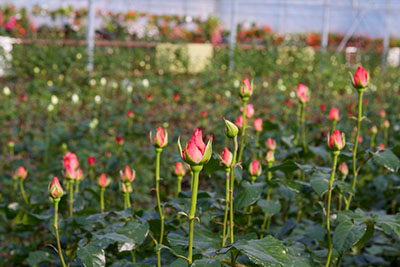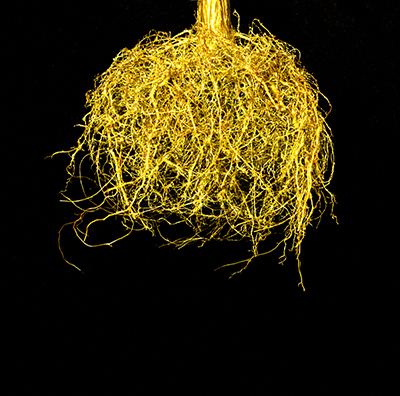Bare rootstocks are young trees, shrubs, and flowers transplants with roots that aren’t contained in the soil. They are sold with their roots free of dirt and wrapped in plastic.
When most people hear of bare rootstock, they wonder if such a stock will grow when transplanted.
Well, if you’re one of them, in this post, you’ll learn all you need to know about planting bare rootstock.
First of all, bare rootstocks grow into healthy plants faster than container stocks, as they don’t have to transition from container soil to local soil. They are also up to 50% more affordable and can be shipped from anywhere in the world. So you can easily buy trees native to other parts of the world.
Picking Bare Root Stock To Plant
When planting a bare root tree, you have to choose the right bare root stock carefully. First, ensure it has a straight trunk and that the branches are evenly distributed. Next, the roots shouldn’t be dry nor mushy, but moist and firm. If you’re ordering it online, buy from a reputable grower and examine the root packaging immediately it arrives – it should be moist.
How To Plant Your Bare Root Stock
Step #1 – Remove the bare rootstock from the packing for inspection. If you are not ready to plant the bare stock right away, repack the moist roots or cover it with damp wood chips. When you’re ready to plant, check the stock and cut off any dead, broken, frayed, or diseased root or branch.
Step #2 – Dig a tapered, shallow hole in moist soil that crumbles readily. The hole should be about three times the diameter of the root spread and resemble a shallow cone. Then, poke the inside of the hole with your shovel to give it a few twists that will make root penetration easy.
Step #3 – Create a mound to place the bare root stock by shoveling a little loose soil into the hole. Then, spread the root on the mound and backfill the hole while using your hands to work the soil in-between the roots.
Step #4 – Check if the plant is standing straight, and backfill the hole completely. Then, spread some wood chips on the ground a few inches from the trunk to retain moisture. You can use a cylinder mesh hardware cloth to protect the plant and keep mulch away from the trunk to prevent rot.
Step #5 – Lastly, water the soil slowly, allowing the water to soak into the ground before adding more. Subsequently, water it at least once per week so the root doesn’t get dry. You may also stake the plant to give it more stability and strength against wind.
Need help planting bare rootstock?
Let Levy’s Lawn & Landscaping help you transplant bare rootstocks that will grow into healthy and beautiful plants. Contact us today!

